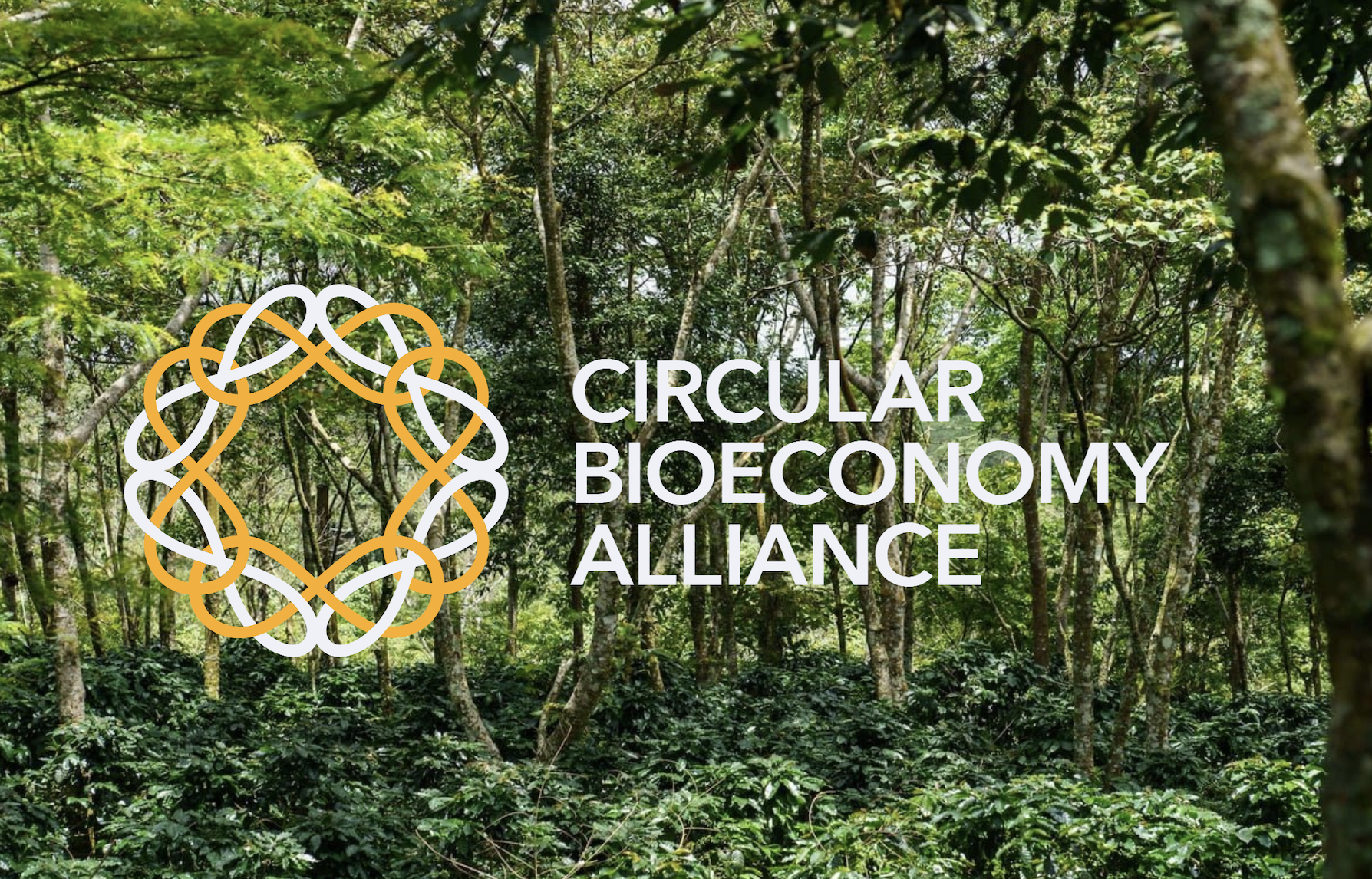Slow acquires African Coffee Roasters – A New Era for Sustainable Coffee
Big news from Slow. African Coffee Roasters is now part of the Slow family. And this isn’t just an acquisition—it’s a major step forward in how...

Your environmental impact extends beyond your office walls © Slow/Saosavanth Ketmala
Sustainability is top-of-mind for business today. But simply minimising our environmental impact isn't enough. We need to become active stewards, restoring the natural capital - the air we breathe, the water we drink and the ecosystems that underpin our success - that is under immense pressure.
The good news? Companies have power to drive positive change. The conversation is shifting from climate action to nature restoration, and businesses have a role to play. Here are 5 ways your organisation can become a true leader in this vital effort:
Sustainability is important, but let's go beyond simply reducing our footprint. Implement regenerative business practices that actively restore the natural systems we rely on for long-term resource security. Think planting trees to offset carbon emissions or developing products that improve soil health, leading to increased agricultural yields. Studies show regenerative agriculture practices can improve soil organic carbon by up to 1% per year, significantly boosting agricultural productivity.
Nature itself holds immense potential for restoration. Partner with organisations working on projects like wetland restoration or coral reef regeneration. These initiatives not only benefit the environment but also create economic opportunities for local communities. Healthy wetlands, for example, can store up to five times more carbon than rainforests, making them crucial for mitigating climate change.
Your environmental impact extends beyond your office walls. Partner with suppliers committed to sustainable practices. Source materials from companies engaged in reforestation or utilising recycled content. This circular economy approach reduces your environmental footprint and lowers resource dependence. According to McKinsey research, agriculture is the largest contributor to natural capital depletion, accounting for 72% of freshwater consumption and 53% of biodiversity loss. Partnering with sustainable agriculture suppliers can significantly reduce your environmental impact.
Businesses can be powerful voices for environmental change. Support policies that promote responsible land management, renewable energy, and biodiversity conservation. Sustainability collaboration can create a more level playing field for companies committed to environmental restoration, encouraging broader industry adoption of sustainable practices.
Develop metrics to track your progress towards nature restoration goals. Share your efforts with stakeholders through sustainability reports and social media campaigns. This transparency builds trust with consumers and investors who increasingly value environmentally responsible practices.

Big news from Slow. African Coffee Roasters is now part of the Slow family. And this isn’t just an acquisition—it’s a major step forward in how...

A few years ago, coffee and chocolate were just products. But at Slow, we’re changing the story. We’re not just selling beans and cocoa, we’re...

For years, coffee prices moved with supply, demand, and speculation. That equation has changed.